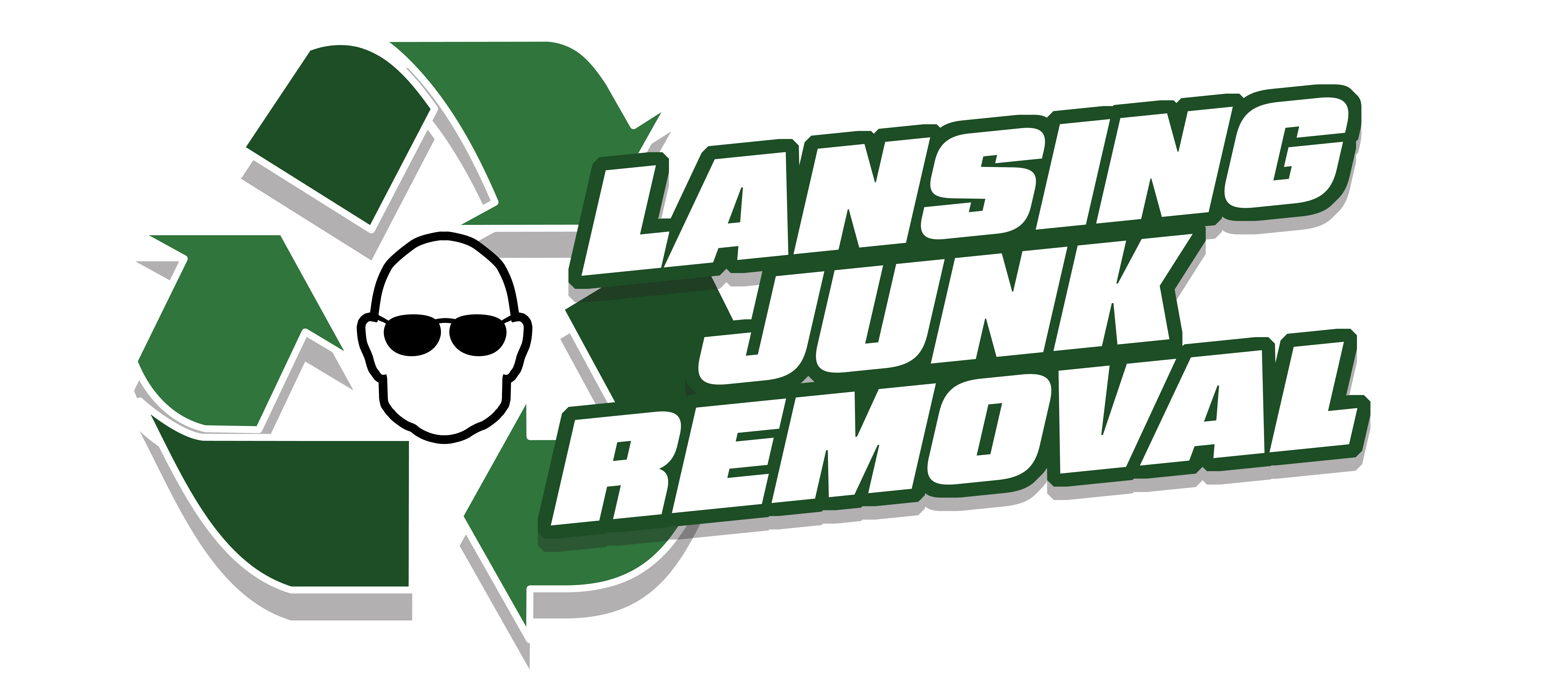This article aims to give general guidance and support for people dealing with furniture division and removal after divorce. This article should not be interpreted as any kind of legal advice. For specific legal advice about dividing property, please talk to a qualified lawyer in your area.
Table of Contents
- The Emotional Weight of Furniture
- Creating an Inventory of Shared Items
- Legal Considerations When Dividing Furniture
- Making Decisions About What Stays and What Goes
- Furniture Removal Services for Unwanted Items
- Designing Your New Space
- Starting Fresh With New Beginnings
- Resources for Post-Divorce Support
The Emotional Weight of Furniture
Divorce comes with many challenges, and people often overlook the task of splitting up and moving shared furniture. These items mean more than just money—they hold memories. Think about the dining table where the family ate together, the couch for movie nights, or the bed bought as newlyweds.
Moving furniture after a divorce isn’t just about logistics; it’s a process that involves grief, closure, and fresh starts. Each piece tells a story of shared history, which makes it tough to decide what to keep, sell, or throw away.
Many clients say that watching these items leave their home stirs up mixed feelings—they feel sad about what’s ending, but also relieved to move on. Recognizing these emotions plays a key role in healing.
Creating an Inventory of Shared Items
Before you decide how to split up your furniture, it’s crucial to make a full list of everything. This helps both of you see what needs to be divided and cuts down on possible arguments.
Begin by listing:
- Big furniture (beds, couches, dining sets)
- Smaller items (end tables, lamps, decorations)
- Appliances (whether you count them as furniture or not)
- Things worth a lot of money
- Things with emotional value
For each item, write down when you got it, about how much it’s worth, and if it was a gift meant for one person. Taking pictures can help keep track of everything during this process.
This list becomes a working document as you negotiate letting both of you mark items as “want to keep,” “okay to give up,” or “not sure yet.”
Legal Considerations When Dividing Furniture
In Michigan, like most states, laws about property division cover furniture split-ups. Courts view furniture bought during marriage as shared property, which they divide .
While courts can decide how to split furniture most judges want couples to work it out themselves. Going to court over furniture often costs more than the stuff is worth.
For expensive items or antiques, you might need experts to figure out what they’re worth. This helps split things based on total value, not just piece by piece.
Things you owned before getting married or got as personal gifts stay with you, but you might need proof to show this history.
Making Decisions About What Stays and What Goes
With inventory in hand, the tough work starts—choosing what each person will keep for their next chapter. A few approaches can make this process easier:
The Give-and-Take Method: Taking turns picking items from the inventory can create a feeling of fairness. This works well when both parties get along.
Practical Considerations: When deciding who keeps what think about who has custody of kids (keeping their familiar items the same), who’s staying in the shared home vs moving, and each person’s space limits going forward.
Letting Go of Battle Items: Some items turn into symbols of power struggles in the relationship. Spotting these “battle items” and thinking about getting rid of them can stop long emotional fights.
Relationship therapists say choosing to meet halfway on physical belongings often helps people heal and creates a good feeling for future talks when kids are involved.
 Furniture Removal Services for Unwanted Items
Furniture Removal Services for Unwanted Items
After people decide what each will keep, they need to figure out what to do with stuff they don’t want. This is when professional furniture removal services become helpful.
Furniture removal experts can:
- Take out big items without hurting property
- Move things to places that give to people who need them
- Get rid of stuff that can’t be used again the right way
- Empty spaces fast giving people a fresh start in their mind and home
At Lansing Junk Removal, we know how touchy it is to take out furniture after a divorce. Our team handles these jobs with care and respect. We realize we’re not just taking away furniture—we’re helping someone start a new part of their life.
Many people find that planning to remove furniture soon after they make final choices helps them make a clean break. When shared items are gone, it often brings unexpected relief to their emotions. This makes room—both in the house and in their mind—to begin again.
Designing Your New Space
Once you remove furniture, you get a chance that many people miss – the opportunity to plan a space that shows who you are and what you want to achieve.
Instead of hurrying to fill empty areas, think about living with less for a little while. This gives you time to think about what you want in your new space. Many people find that after sharing decisions about space and design, having full control over creativity becomes a powerful way to express yourself and heal.
When you’re set to buy new stuff think about:
- The look that clicks with your taste maybe styles your ex didn’t like
- What you need for your daily life, no settling
- Ways to save money like buying used or bit by bit
- Things that show new starts or personal growth
Designers who help folks who just got divorced say making a new space can be healing. The choices you make about design during this time can show healing and hope, not just need.
Starting Fresh With New Beginnings
Past just moving furniture out, there’s deeper work in changing how you feel. Where you live has a big effect on how you feel inside, so it’s key to think hard about your new space.
Some useful ways to think about this include:
- Seeing furniture choices as chances to grow, not just things you’re losing
- Realizing that letting go of shared stuff can make you feel free, not just sad
- Knowing that your home setup can help or slow down your emotional healing
Many people say that after they finish moving furniture, they feel things they didn’t expect—like relief, excitement, and sometimes sadness that needs to be dealt with. All these feelings are normal when you’re going through changes.
Making little rituals around this process can be helpful. Some people take pictures of things before they get rid of them. This helps them remember the good times while still moving on. Others throw “new beginning” parties once they’ve set up their new spaces, as a way to welcome the next part of their lives.
Resources for Post-Divorce Support
During the process of moving furniture and reorganizing your life, keep in mind that help is out there. In Lansing and other areas, you can find resources to assist with both the practical and emotional sides of divorce:
- Divorce support groups that offer community and understanding
- Professional organizers who specialize in life changes
- Financial advisors to help you navigate how to divide property
- Therapists who are good at helping people work through big life shifts
Using these resources shows that you understand moving furniture after a divorce is more than just a practical challenge—it’s part of a big life change that needs support and care.
At Lansing Junk Removal, we’ve seen up close how furniture removal services can help people in practical ways and lift their spirits during tough changes. Our team handles these situations knowing we’re not just cleaning up spaces, but helping people start fresh.
You might be splitting things up after a divorce moving to a smaller place for a new beginning, or helping someone you care about through this change. Whatever the case expert furniture removal services can turn a job that might seem too big into a doable step towards your next phase in life.


